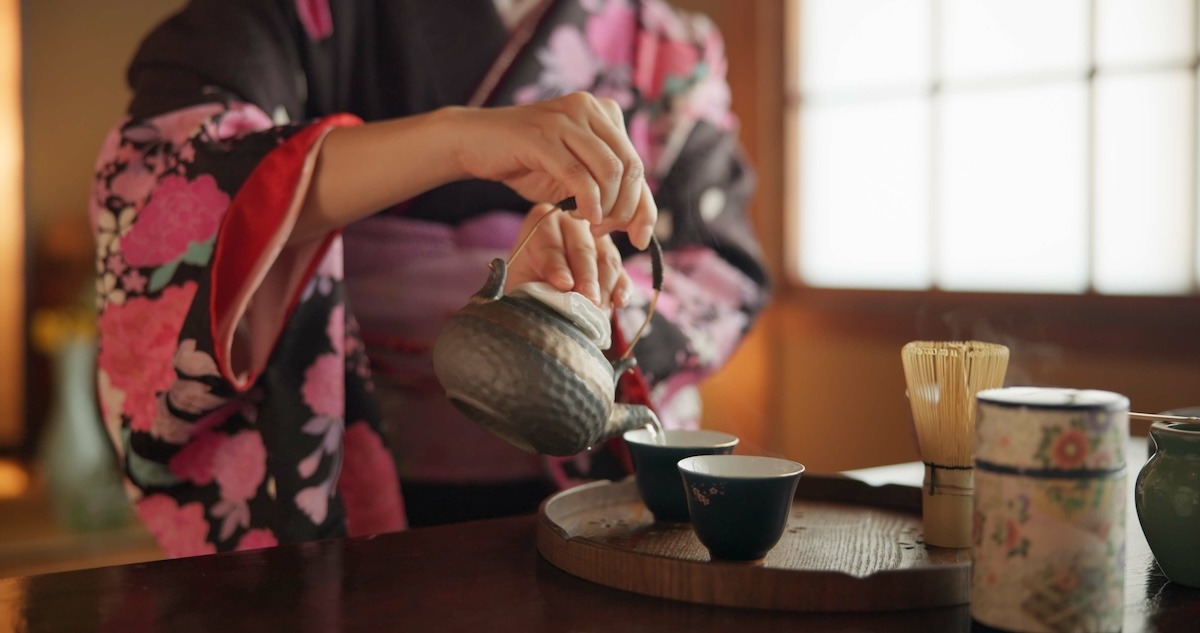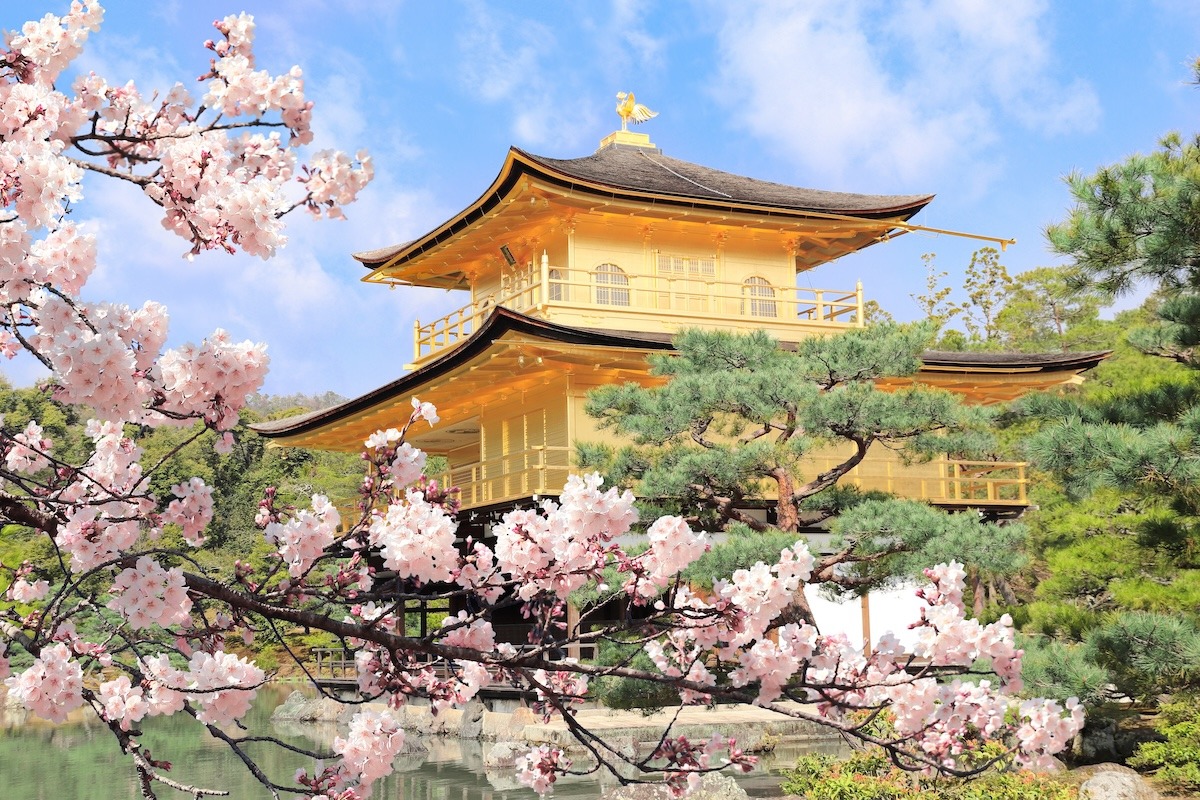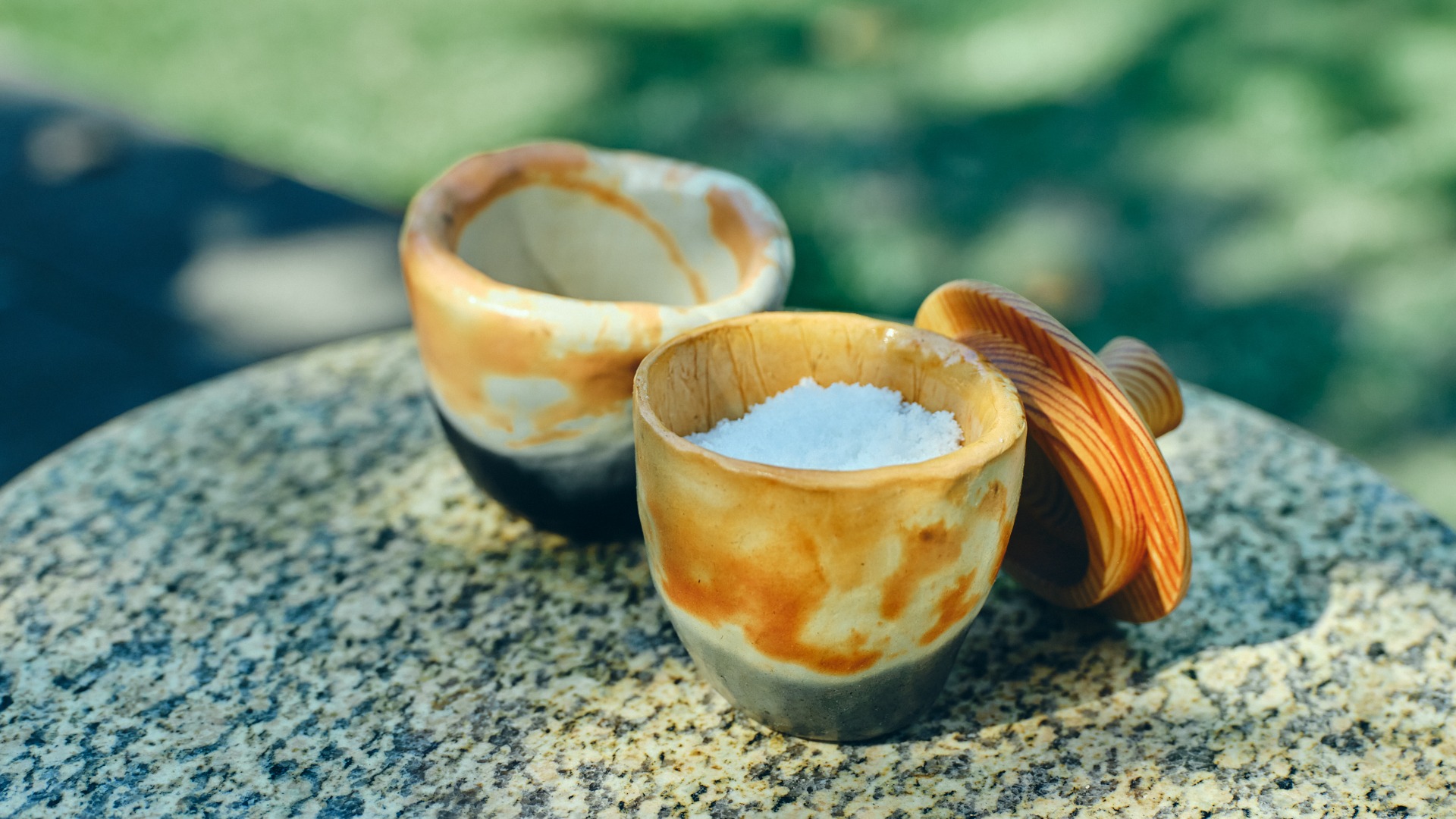Every year on the third Monday of September, Japan comes together to celebrate Respect for the Aged Day, or Keirō no Hi. This national public holiday is dedicated to honoring elderly citizens and appreciating the invaluable wisdom and contributions they’ve made to society.
The Significance of Respect for the Aged Day
Keirō no Hi is not just another public holiday; it is deeply rooted in Japanese culture and history. It reflects the country’s longstanding tradition of revering the elderly. In a society where age is associated with wisdom and experience, this day serves as a reminder to show appreciation for the older generations who have paved the way for the present and future.
The observance of this day dates back to 1947 when the small town of Taka-cho in Hyogo Prefecture started a local holiday called “Old Folks’ Day”. Recognizing its importance, the Japanese government subsequently declared it a national holiday in 1966, renaming it to Keirō no Hi, or Respect for the Aged Day.
How Japan Celebrates Respect for the Aged Day
Across Japan, festivities and events are held to honor the elderly. Families often visit their elderly relatives, bringing gifts and spending quality time together. Many communities organize performances, tea ceremonies, and communal meals where elders are the guests of honor.
Schools and local organizations also play a vital role in these celebrations. Children often perform traditional dances and songs, creating a vibrant and joyous atmosphere that bridges the gap between generations. It’s common to see schoolkids interacting with senior citizens, offering them handmade crafts and heartfelt letters of gratitude.
Some regions have unique ways of celebrating Keirō no Hi. For instance, in the village of Yonekawa, seniors participate in traditional drum performances, showcasing their talents and celebrating their vitality.
A Day-by-Day Itinerary
Day 1: Arrive in Tokyo
Your journey begins in the bustling heart of Japan, Tokyo. Take this day to explore the city and get acclimated. Visit popular spots like Shibuya Crossing, the historic Asakusa district, and the serene gardens of the Imperial Palace.
Day 2: Visit a Local Community Event
On Respect for the Aged Day, find a local community event or festival. Participate in the celebrations, attend performances, and engage with the local community. This is a perfect time to gain firsthand experience of the festivities and understand their cultural significance.
Day 3: Cultural Immersion in Kyoto
Travel to Kyoto, the cultural heart of Japan. Visit temples like Kinkaku-ji (the Golden Pavilion) and Fushimi Inari Shrine. Attend a traditional tea ceremony and visit Gion, where you might catch a glimpse of a geisha. Kyoto is also a great place to learn about the history and importance of Respect for the Aged Day through museums and cultural centers.
Respect for the Aged Day in Japan is a beautiful celebration of the elderly—a true testament to Japanese culture’s deep respect for its senior citizens. Whether you’re a visitor or a local, participating in these festivities offers a profound and heartwarming experience. Spend time with the elderly, learn from their stories, and celebrate their invaluable contributions to society. This day is more than just a public holiday; it’s a universal lesson in respect and gratitude.























